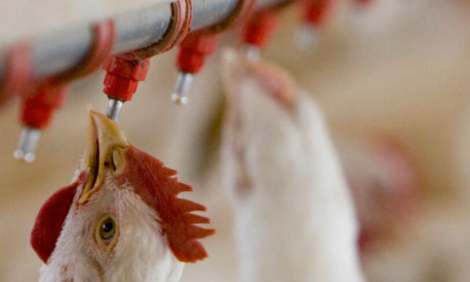



Low-Pathogenic Bird Flu in Wild Birds
CANADA - The Canadian Food Inspection Agency (CFIA) has confirmed that low-pathogenic H7 avian influenza virus has been found in wild birds in central and western Canada.The birds were sampled through Canada’s Inter-Agency Wild Bird Influenza Survey, which serves as an early warning system designed to detect avian influenza viruses circulating in the wild that could be transmitted to domestic poultry.
Low pathogenicity influenza viruses commonly circulate in the wild bird population with little or no impact on the health of wild birds or people.
However, H5 and H7 avian influenza viruses are known to have the ability to mutate from low pathogenicity to highly pathogenic forms once introduced into domestic poultry, potentially causing high rates of disease and mortality in birds.
The CFIA is reminding producers and backyard flock owners of the importance of practising biosecurity in order to protect their flocks.
The following key biosecurity measures can help protect poultry health:
- Do not allow poultry or their food and water to have contact with wild birds -- particularly ducks and other wild waterfowl, which are known to be reservoirs for avian influenza viruses.
- Control movements of people, animals, equipment and vehicles on your property.
- If you hunt wild birds, make sure your hands, clothing and footwear are clean before handling your domestic poultry or entering premises where poultry is kept.
- Observe your animals daily for signs of disease.
"If you suspect your birds are sick, you should immediately contact a veterinarian, the provincial ministry of agriculture, or a local CFIA office," the CFIA said.
Further Reading
| - | You can visit the Avian Flu page by clicking here. |








